Home>Renovation & DIY>Tools & Equipment>What Grit Sandpaper To Polish Chrome
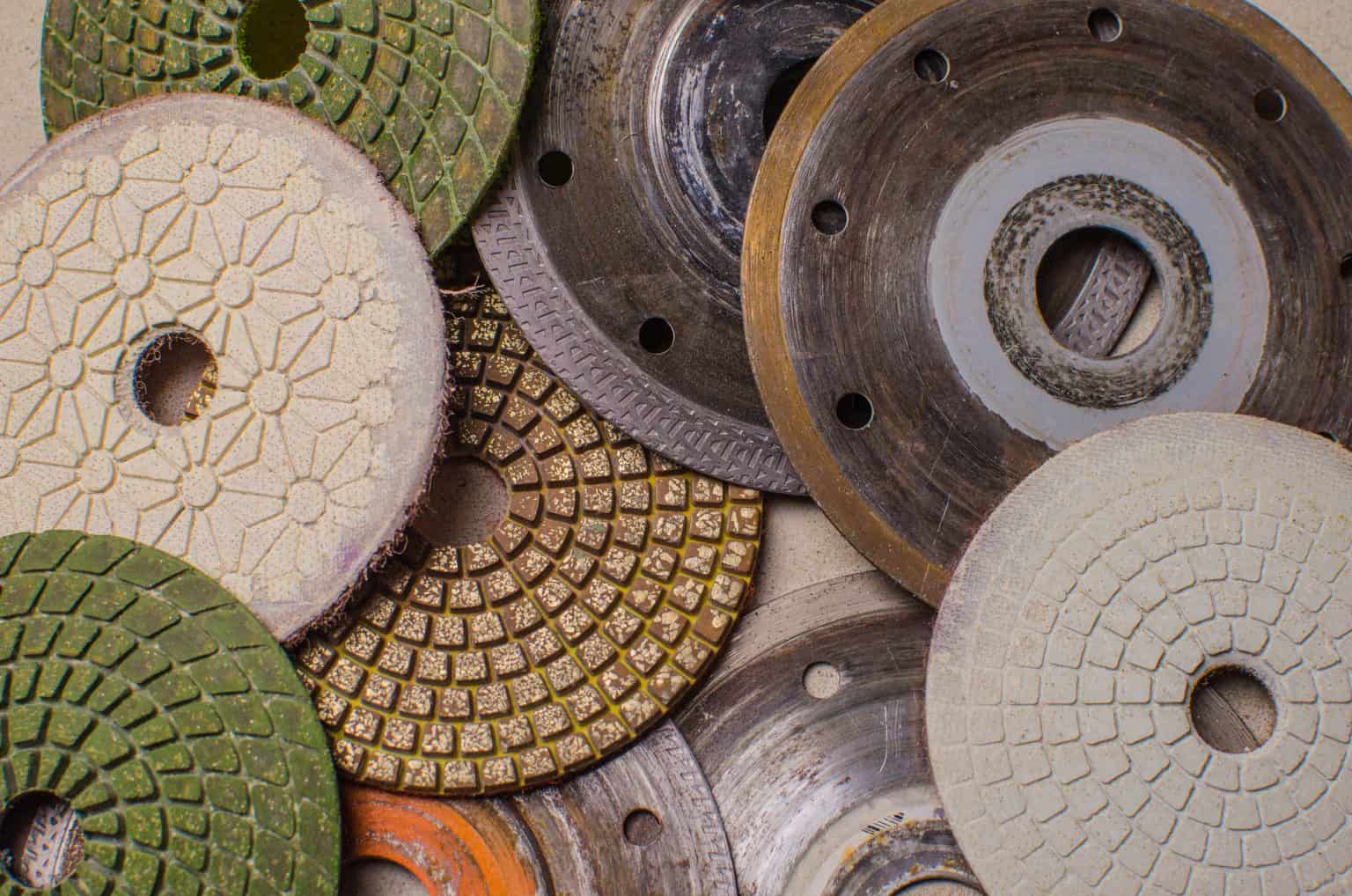

Tools & Equipment
What Grit Sandpaper To Polish Chrome
Modified: January 4, 2024
Discover the right grit sandpaper for polishing chrome with our expert guide. Get the best tools and equipment for a flawless finish.
(Many of the links in this article redirect to a specific reviewed product. Your purchase of these products through affiliate links helps to generate commission for Storables.com, at no extra cost. Learn more)
Introduction
When it comes to polishing chrome, achieving a brilliant, mirror-like finish requires the right tools and techniques. Among the essential tools is sandpaper, a versatile abrasive material that comes in various grits. Understanding the intricacies of sandpaper grits and their impact on chrome polishing is crucial for achieving professional results. In this comprehensive guide, we will delve into the world of sandpaper grits and explore the best practices for polishing chrome to perfection. Whether you're a seasoned DIY enthusiast or a novice looking to add luster to your chrome fixtures, this article will equip you with the knowledge and insights needed to elevate your polishing endeavors. Let's embark on this enlightening journey and uncover the secrets of using sandpaper to achieve dazzling chrome finishes.
Key Takeaways:
- Choose the right sandpaper grits for each stage of chrome polishing to achieve a flawless, mirror-like finish. Coarse grits for surface prep, medium grits for smoothing, and fine grits for high-gloss polish.
- Employ meticulous techniques such as consistent motion, progressive grits, and regular inspection when polishing chrome with sandpaper. Use lubrication, polishing pads, and final cleansing for optimal results.
Read more: What Grit Sandpaper To Polish Headlights
Understanding Grits in Sandpaper
Before delving into the specifics of polishing chrome with sandpaper, it’s essential to grasp the concept of grit in sandpaper. The term “grit” refers to the coarseness or fineness of the abrasive particles embedded in the sandpaper’s surface. These particles, typically made of aluminum oxide, silicon carbide, or other abrasive materials, are distributed across the sandpaper in a precise manner to facilitate various sanding and polishing tasks.
Sandpaper grits are categorized based on the number of abrasive particles per square inch. The higher the grit number, the finer the particles and the smoother the sandpaper. Conversely, lower grit numbers indicate coarser particles, resulting in rougher sandpaper. Grits range from extremely coarse (e.g., 40 or 60 grit) to ultrafine (e.g., 1000 grit or higher).
Understanding the relationship between grit and surface texture is pivotal. Coarser grits are adept at removing material and smoothing rough surfaces, making them suitable for initial sanding and shaping tasks. As the grit number increases, the sandpaper becomes more adept at refining surfaces, removing imperfections, and achieving a polished finish.
When polishing chrome, the selection of sandpaper grit plays a pivotal role in determining the final sheen and smoothness of the surface. Choosing the appropriate grit for each stage of the polishing process is essential for achieving a flawless, gleaming chrome finish. In the following section, we will explore the intricacies of selecting the right sandpaper grits for polishing chrome to perfection.
Choosing the Right Grit for Polishing Chrome
Polishing chrome to a pristine shine requires a strategic approach to selecting the appropriate sandpaper grits. The process typically involves multiple stages, each tailored to refine the chrome surface and progressively enhance its luster. Understanding the optimal grits for each stage is pivotal for achieving exceptional results.
Coarse Grits for Surface Preparation: When initiating the polishing process on chrome, using a coarse grit, such as 320 or 400, is essential for removing any surface imperfections, corrosion, or stubborn blemishes. This initial stage aims to level the surface and eliminate any visible defects, preparing the chrome for subsequent refining and polishing.
Medium Grits for Smoothing and Refining: Once the surface imperfections have been addressed, transitioning to a medium grit, such as 600 or 800, facilitates the smoothing and refining of the chrome surface. This stage focuses on further leveling the surface and eliminating any marks left by the coarse grit, resulting in a progressively smoother texture.
Fine Grits for Polishing and Finishing: The final stages of polishing chrome involve using fine grit sandpaper, typically in the range of 1000 to 2000 grit, to achieve a high-gloss, mirror-like finish. This fine-grit sandpaper is instrumental in removing any remaining imperfections, refining the surface to a pristine smoothness, and bringing out the captivating brilliance of the chrome.
By adhering to this staged approach and employing the appropriate grits at each phase, you can systematically transform the chrome surface from a raw state to a dazzling, flawless finish. It’s important to note that the selection of grits may vary based on the specific condition of the chrome surface and the desired level of polish.
When choosing sandpaper grits for polishing chrome, it’s imperative to assess the extent of surface imperfections and tailor the grit selection accordingly. Additionally, exercising patience and precision during each stage of the polishing process is fundamental to achieving a professional-grade chrome finish that exudes brilliance and elegance.
Use 400-600 grit sandpaper to polish chrome. Start with the coarser grit and gradually move to the finer grit for a smooth finish. Always use water or a lubricant to prevent scratching.
Tips for Polishing Chrome with Sandpaper
Polishing chrome with sandpaper demands meticulous attention to detail and a nuanced approach to achieve exceptional results. To elevate your chrome polishing endeavors, consider the following tips and techniques that can enhance the efficiency and quality of the process:
- Surface Preparation: Before commencing the polishing process, thoroughly clean the chrome surface to remove any dirt, grime, or residue. This ensures that the sandpaper can focus on addressing imperfections without interference from surface contaminants.
- Use Lubrication: When sanding chrome, employing a lubricant such as water or a specialized polishing fluid can minimize friction and prevent the sandpaper from clogging with metal particles. This lubrication also helps in achieving a smoother, more consistent finish.
- Consistent Motion: Maintain a steady and even sanding motion to prevent uneven wear on the chrome surface. Avoid applying excessive pressure, as it can lead to inconsistencies in the finish and compromise the overall polish.
- Progressive Grits: Adhere to the staged approach of using progressively finer grits to refine the chrome surface. Each stage plays a vital role in eliminating imperfections and enhancing the luster, ultimately contributing to a flawless finish.
- Inspect Regularly: Periodically inspect the chrome surface during the polishing process to assess the progress and identify any lingering imperfections. This allows for timely adjustments and ensures that the desired level of polish is achieved.
- Polishing Pads: In addition to sandpaper, utilizing soft polishing pads in the final stages can facilitate the attainment of a high-gloss finish. These pads aid in buffing the chrome surface to perfection, enhancing its reflective properties.
- Final Cleansing: After completing the polishing process, thoroughly clean the chrome surface to remove any residual polishing compounds or debris. This final step ensures that the chrome’s brilliance is fully revealed without any hindrances.
By integrating these tips into your chrome polishing endeavors, you can optimize the efficiency and effectiveness of the sandpaper-based polishing process, resulting in captivating, mirror-like chrome finishes that exude sophistication and allure.
Conclusion
Embarking on the journey of polishing chrome with sandpaper unveils a realm of precision, artistry, and transformative potential. By understanding the nuanced intricacies of sandpaper grits and their role in refining chrome surfaces, you gain the insight needed to elevate your polishing endeavors to unparalleled heights. The strategic selection of grits, meticulous attention to detail, and adherence to best practices culminate in the creation of mesmerizing, mirror-like chrome finishes that radiate elegance and allure.
As you navigate the stages of chrome polishing, from surface preparation to the final buffing, each motion and grit transition contributes to the gradual metamorphosis of the chrome surface, unveiling its inherent brilliance. The fusion of technique, patience, and a discerning eye for perfection converges to yield results that transcend mere shine, encapsulating the essence of sophistication and refinement.
Armed with the knowledge gleaned from this guide, you possess the keys to unlock the full potential of sandpaper as a catalyst for chrome transformation. Whether you seek to revitalize automotive components, accentuate home fixtures, or indulge in the art of restoration, the artistry of chrome polishing with sandpaper empowers you to sculpt surfaces into captivating reflections of beauty and precision.
So, embrace the artistry, honor the process, and let each stroke of sandpaper unveil the resplendent allure hidden within the chrome. With each glint and gleam, your mastery of chrome polishing with sandpaper becomes a testament to the fusion of craftsmanship and ingenuity.
May your chrome surfaces shimmer with brilliance, reflecting not just light, but the dedication and finesse infused into every stroke of the sandpaper. As you embark on your next chrome polishing venture, may the transformative power of sandpaper ignite your passion and guide you toward the creation of chrome finishes that captivate and inspire.
Frequently Asked Questions about What Grit Sandpaper To Polish Chrome
Was this page helpful?
At Storables.com, we guarantee accurate and reliable information. Our content, validated by Expert Board Contributors, is crafted following stringent Editorial Policies. We're committed to providing you with well-researched, expert-backed insights for all your informational needs.
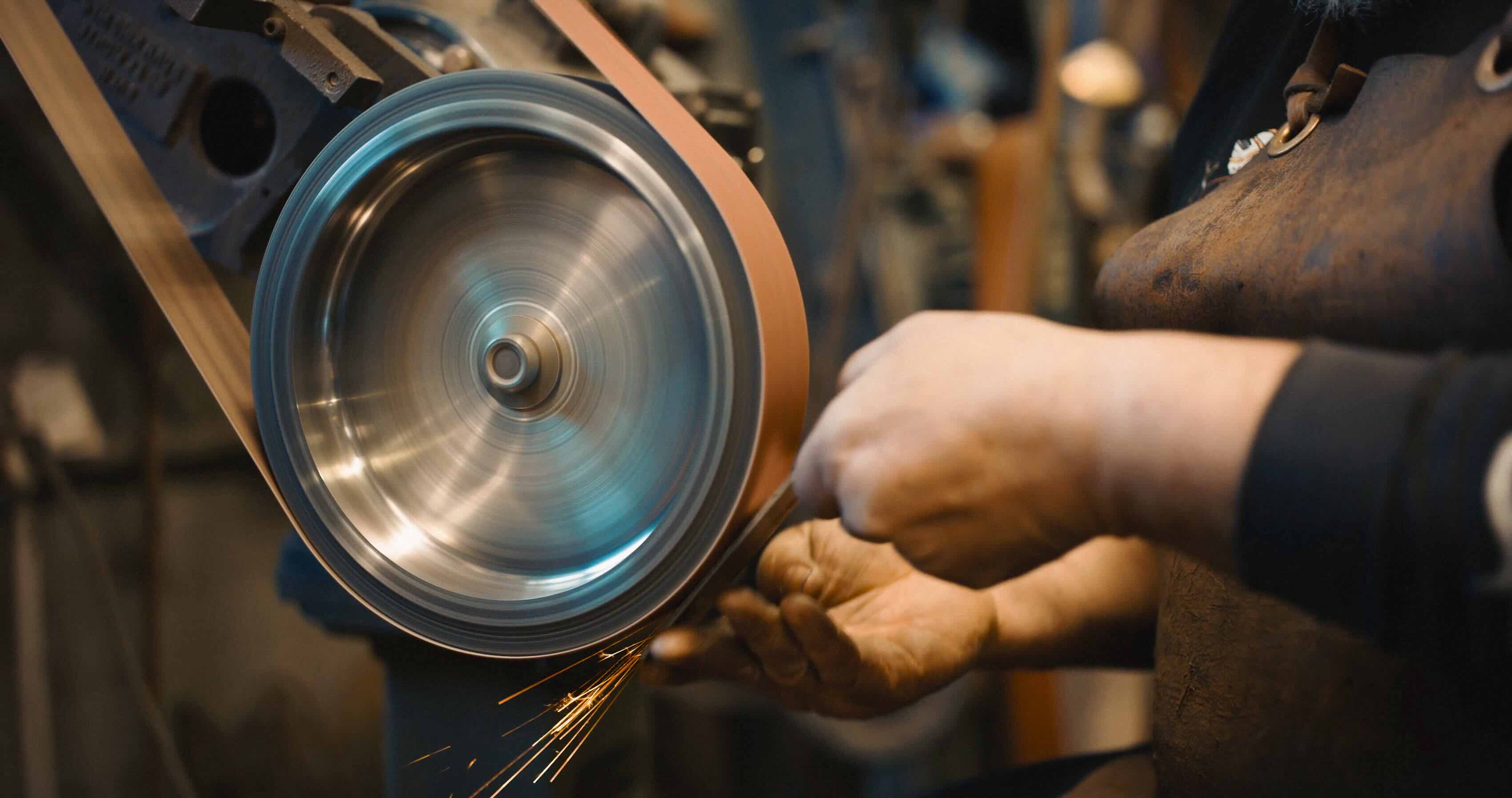




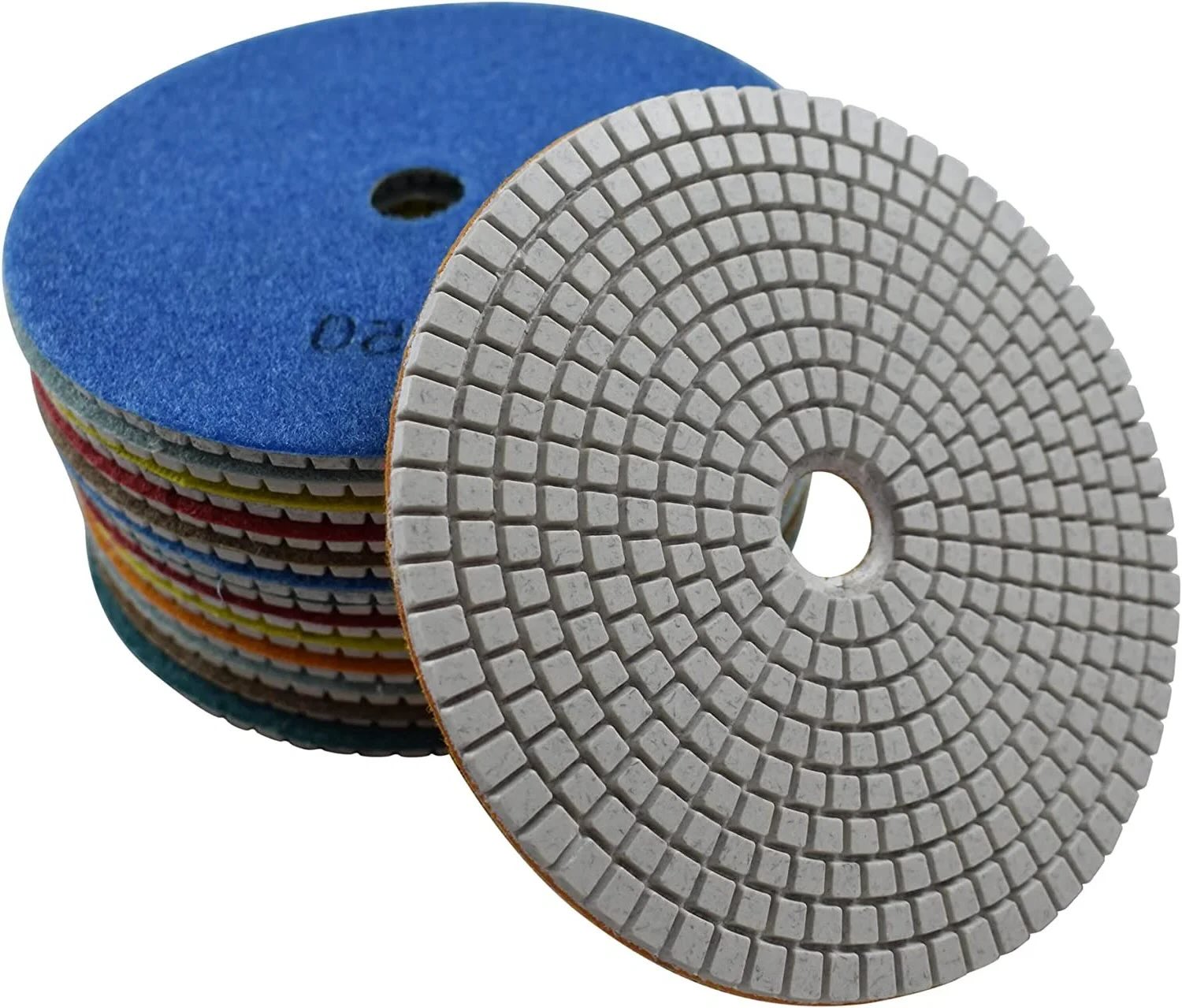
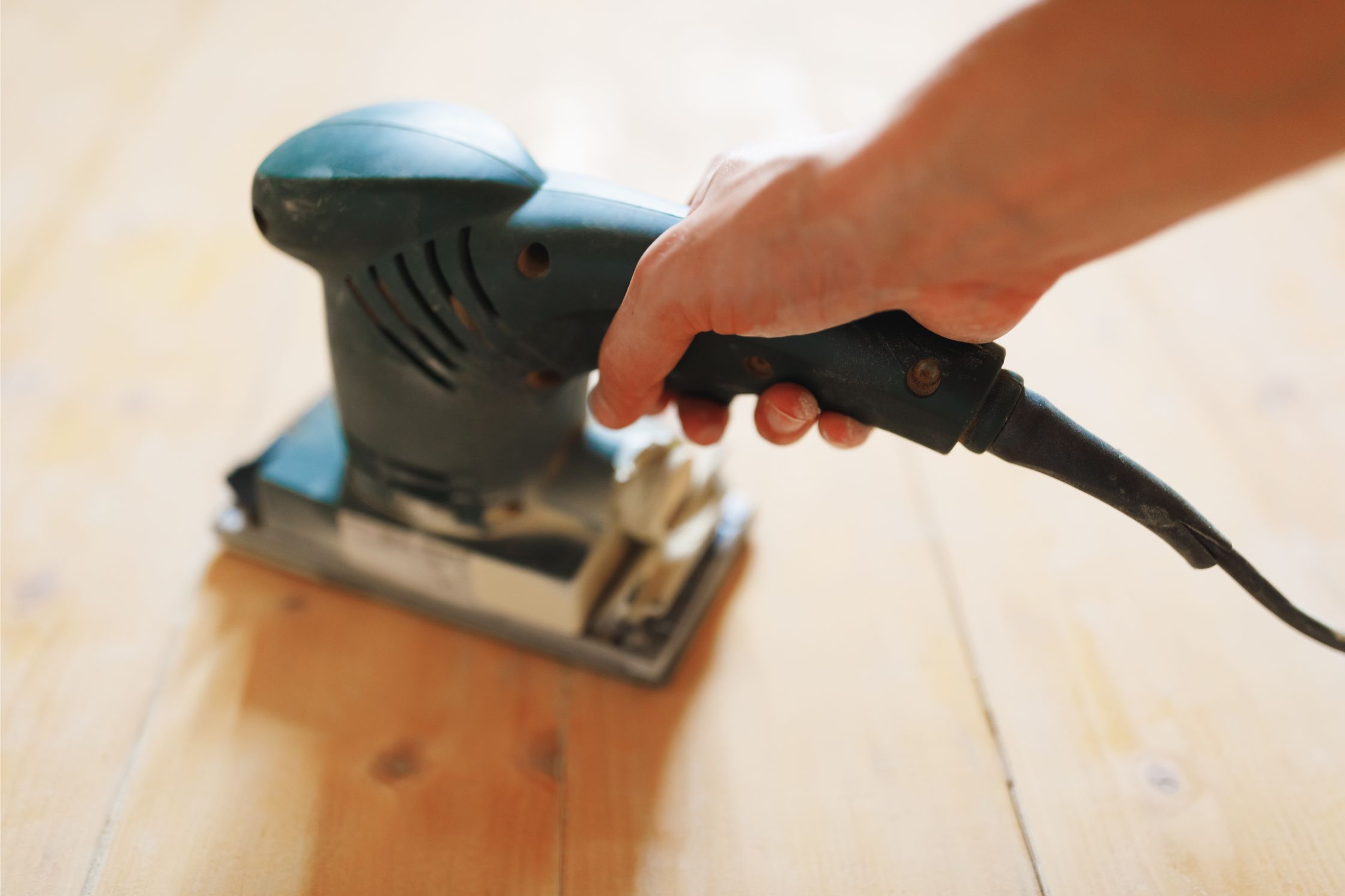
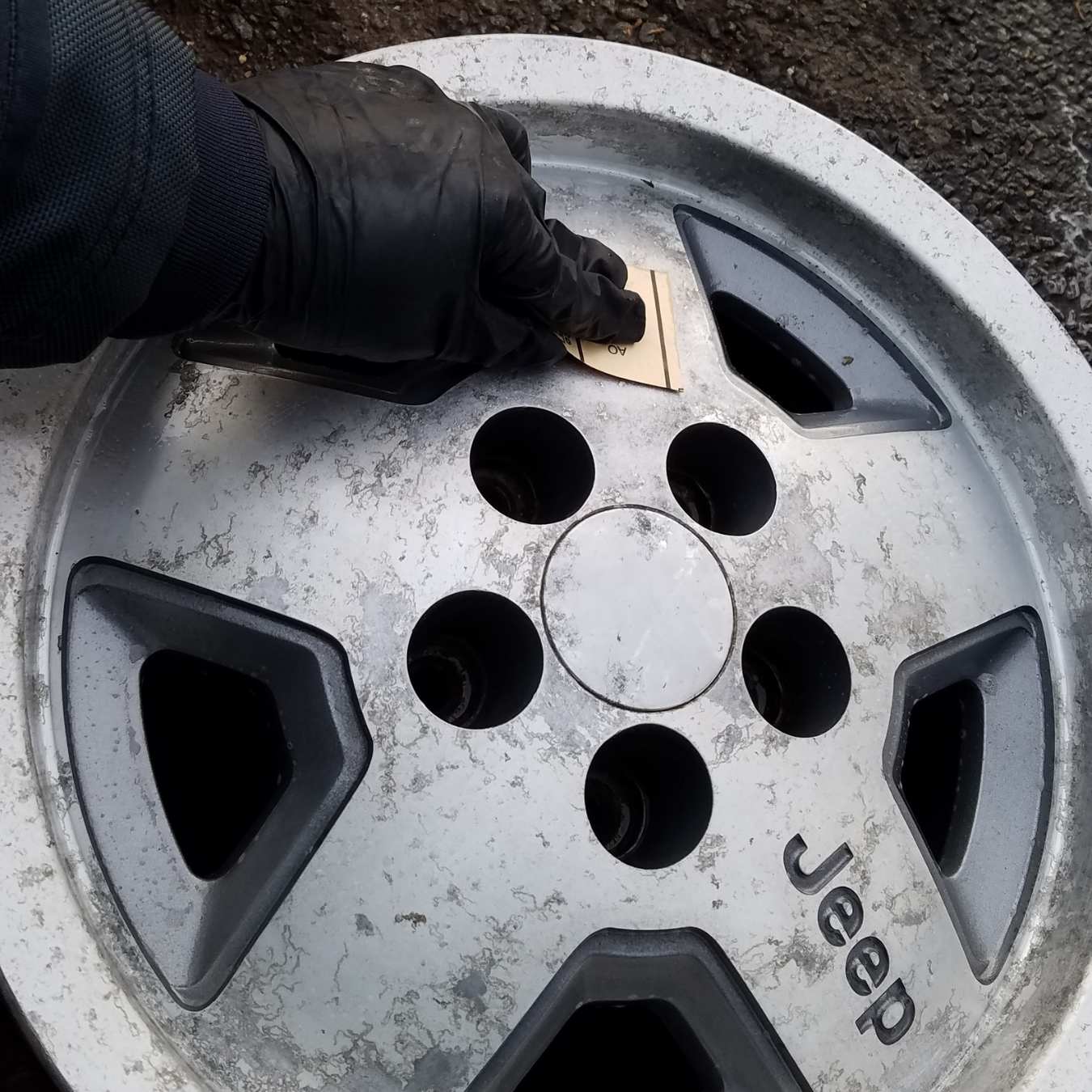

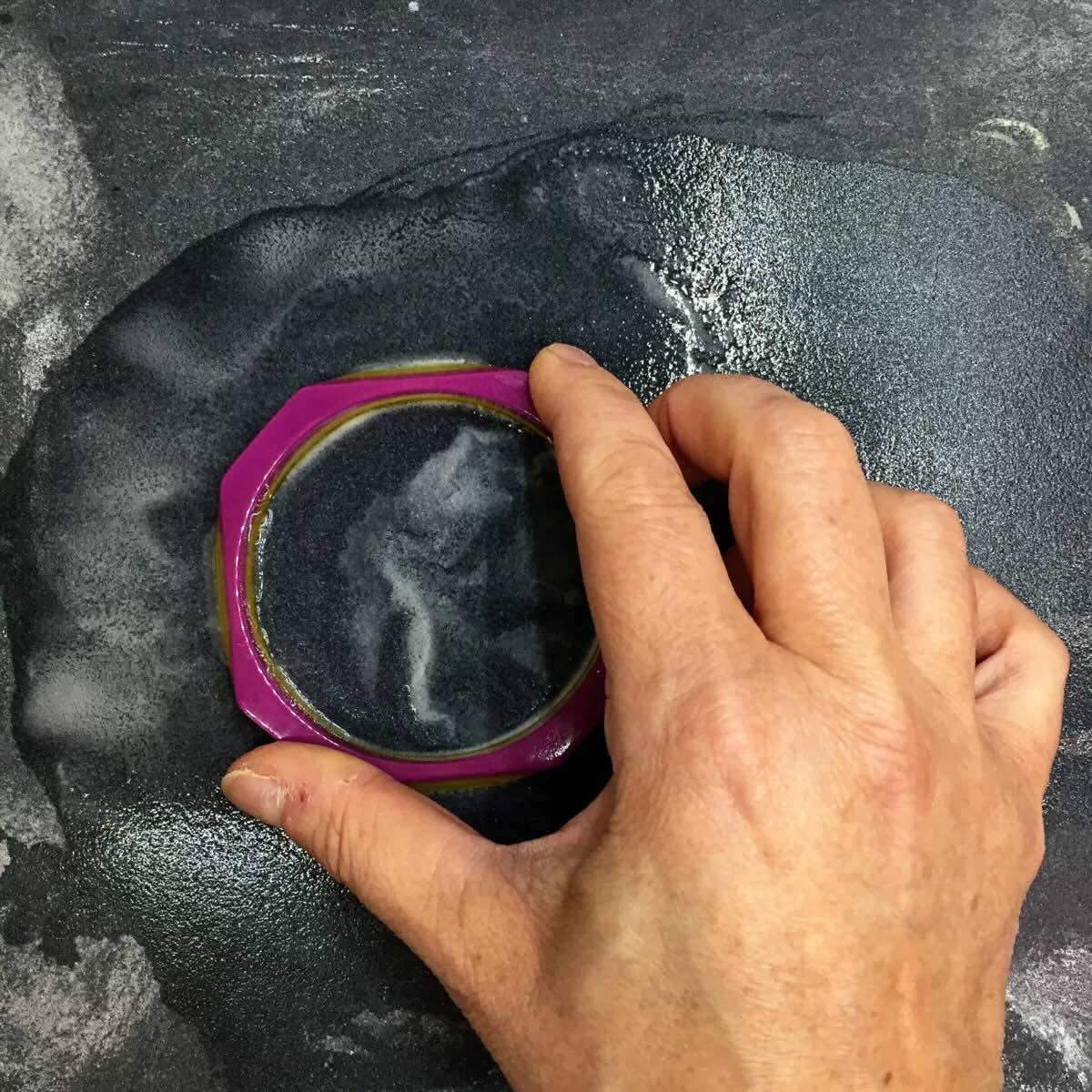

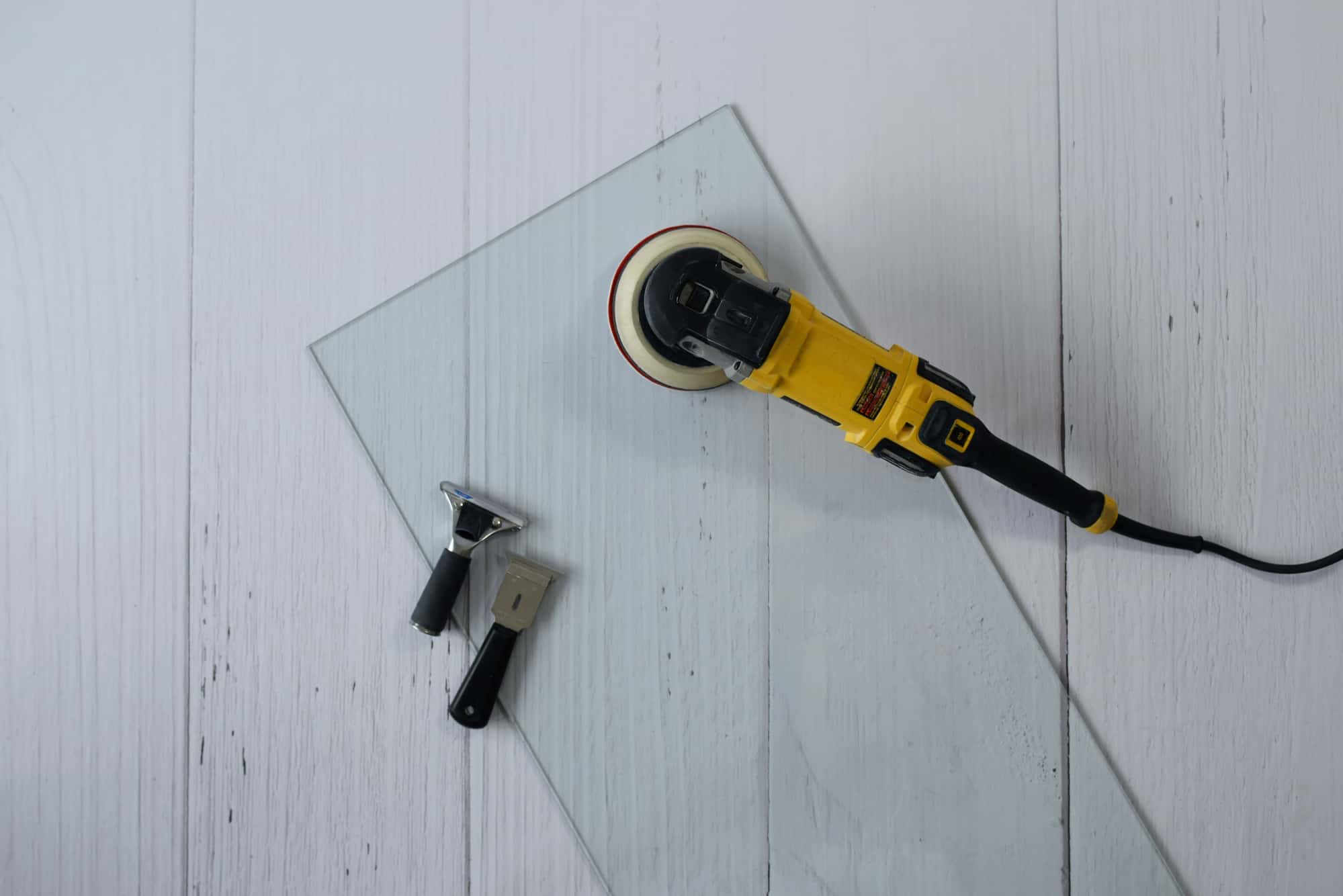
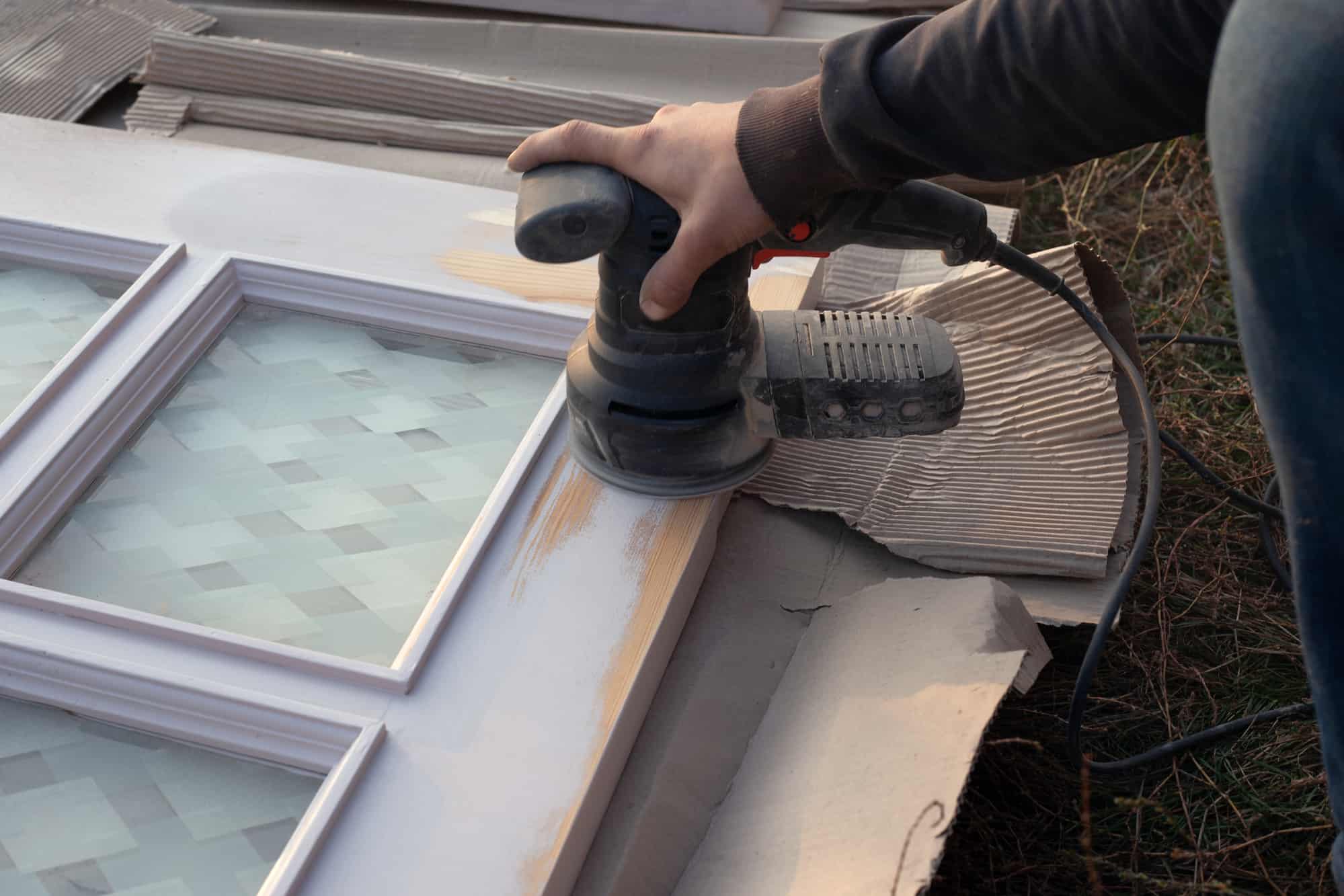
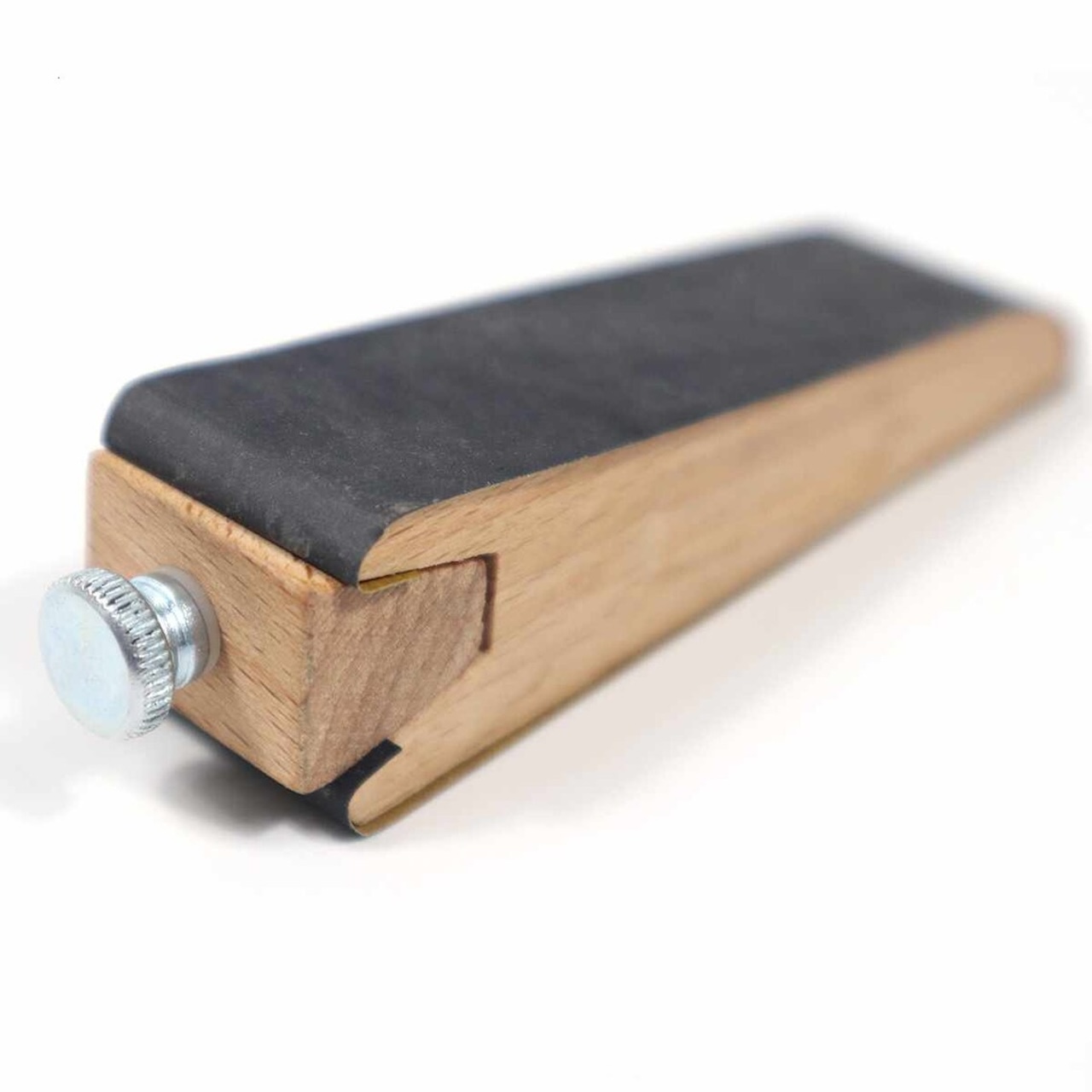
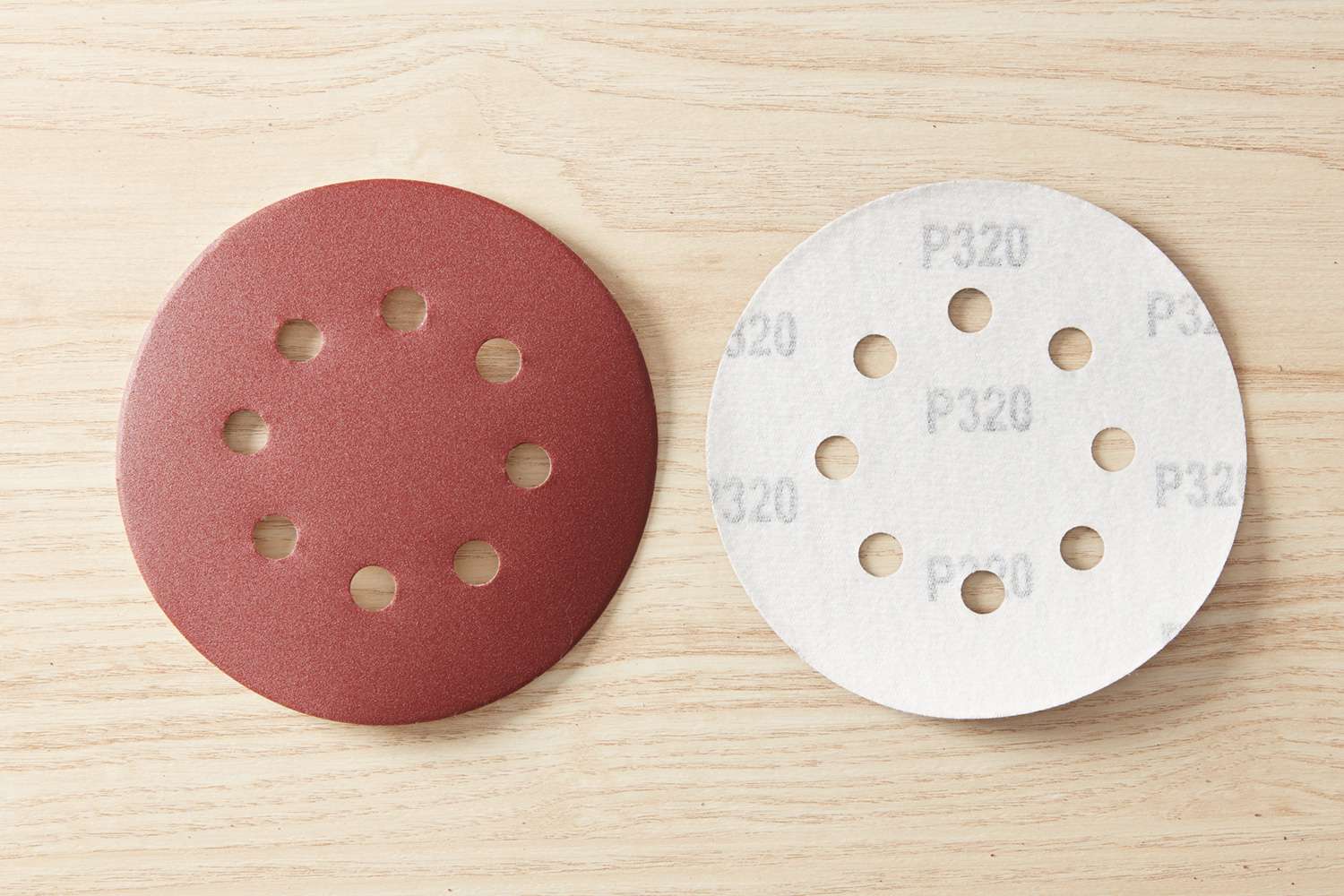

0 thoughts on “What Grit Sandpaper To Polish Chrome”